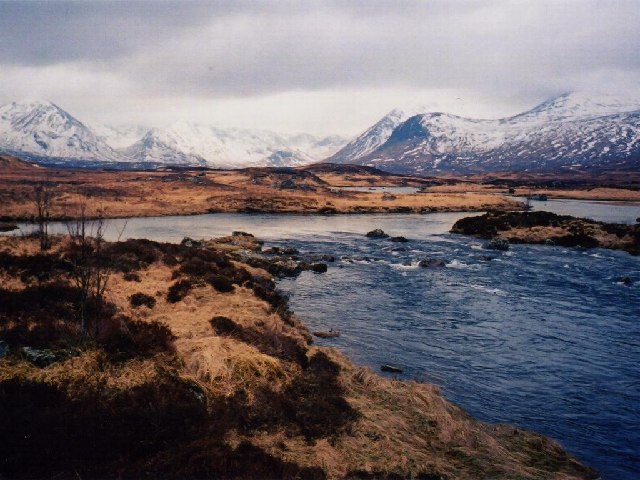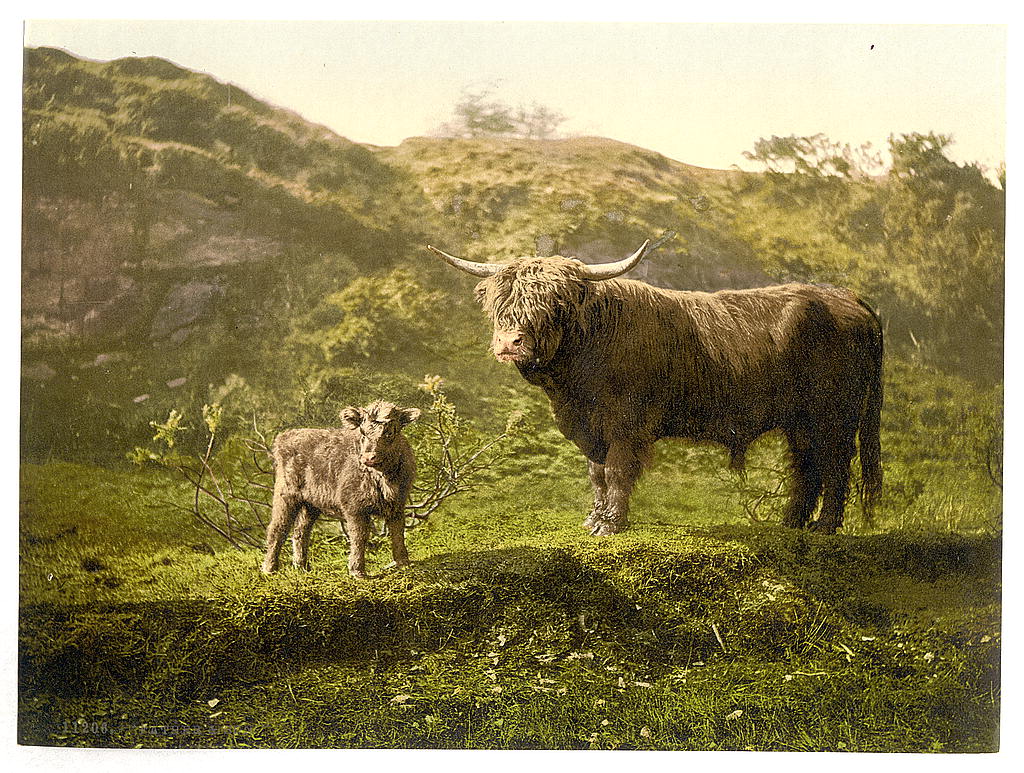Driving in Scotland: Complete Guide
Exploring the Scottish Highlands by car offers unparalleled freedom and access to some of Europe's most spectacular scenery. However, driving in Scotland, particularly in the Highlands, presents unique challenges. This comprehensive guide covers everything you need to know for safe and enjoyable Highland driving.

Basic Driving Rules in the UK
If you're visiting from outside the UK, the most fundamental difference is that traffic drives on the left side of the road in Britain. This means the driver sits on the right side of the vehicle, and you'll overtake on the right. While this feels strange initially, most people adapt quickly, especially on quieter Highland roads where traffic is light.
Speed Limits
UK speed limits are posted in miles per hour (mph), not kilometers. Standard limits are:
- 30 mph (48 km/h) in built-up areas unless otherwise posted
- 60 mph (96 km/h) on single carriageway roads
- 70 mph (112 km/h) on dual carriageways and motorways
However, conditions often dictate driving slower than posted limits, especially on Highland roads where narrow sections, sharp bends, and potential hazards like sheep require cautious speeds regardless of the legal limit.
Roundabouts
Roundabouts (traffic circles) are common in the UK. Traffic flows clockwise, and vehicles on the roundabout have right of way. Give way to traffic approaching from your right, enter when safe, and exit at your desired junction. Signal left when exiting. Roundabouts efficiently manage traffic flow and are far more common than traffic lights in Highland areas.
Drink Driving Laws
Scotland has stricter drink-drive limits than the rest of the UK. The legal blood alcohol limit is 50 milligrams per 100 milliliters of blood (compared to 80 mg in England and Wales). However, the safest approach is not to drink at all if you're driving. Penalties for drink-driving are severe, including heavy fines, driving bans, and potential imprisonment.
Single-Track Roads: A Highland Specialty
Single-track roads are one of the Scottish Highlands' defining features. These narrow roads, wide enough for only one vehicle, are common throughout rural Scotland. While they initially seem daunting, they're a manageable and essential part of Highland driving.
How Single-Track Roads Work
Single-track roads are equipped with passing places – wider sections marked by white diamond signs on posts. When you see an oncoming vehicle, one of you must pull into a passing place to allow the other to pass. The general rule is that whoever is closest to a passing place should use it. If the passing place is on your right, wait on your side of the road rather than crossing to pull into it.
Passing places also allow faster traffic to overtake. If a vehicle approaches from behind and you're driving slowly, pull into a passing place when convenient and allow them to pass. This courtesy is appreciated by locals and other drivers. Never park in passing places – they're essential for traffic flow.
Single-Track Road Etiquette
A wave of thanks is customary when someone pulls over to let you pass. Similarly, a acknowledgment wave when you've pulled over is common. This friendly exchange epitomizes Highland driving culture. Don't rush on single-track roads – they're designed for slower, more considerate driving. Enjoy the scenery and the uniquely Highland experience these roads provide.
Challenges of Single-Track Roads
Single-track roads often wind through dramatic landscape with limited forward visibility. Approach blind corners slowly and be prepared for oncoming traffic, sheep, cattle, or deer. The road surface can be rougher than main roads, with potholes more common. In winter, ice and snow accumulate more easily on these less-maintained routes.
Wildlife on Highland Roads
Scotland's wildlife adds another dimension to Highland driving. Sheep roam freely across much of the Highlands and frequently wander onto roads. They're unpredictable and may stand in the road or suddenly jump in front of vehicles. Slow down when you see sheep near the road, and be patient – they'll eventually move, though sometimes slowly.
Red deer are larger and more dangerous if struck. They're most active at dawn and dusk and tend to travel in groups. If you see one deer cross the road, expect more to follow. Deer warning signs indicate areas where collisions are more likely – reduce speed in these sections, particularly during low light conditions.

Highland cattle, with their long horns and shaggy coats, sometimes occupy roads in certain areas. While generally docile, give them plenty of space and time to move. Other wildlife you might encounter includes rabbits, badgers, and occasionally pine martens or wildcats at night.
Highland Weather and Driving
Highland weather is notoriously changeable and can significantly impact driving conditions. Rain is common year-round, making roads slippery and reducing visibility. Scottish rain can be intense, sometimes reducing visibility to just a few meters. Use headlights in poor visibility and reduce speed appropriately.
Wind
High winds are frequent in the Highlands, particularly on exposed coastal roads and mountain passes. Strong crosswinds can push vehicles, especially high-sided vehicles or when overtaking large vehicles. Grip the steering wheel firmly in windy conditions and reduce speed. Some routes may close during extreme wind events.
Fog and Mist
Low cloud and mist descend quickly in the Highlands, sometimes reducing visibility dramatically within minutes. Use headlights and fog lights when appropriate, reduce speed, and increase following distances. Some mountain passes become extremely difficult to navigate in heavy fog.
Winter Driving
Highland winters bring snow, ice, and challenging conditions. Major routes like the A82 are generally well-maintained and gritted, but minor roads may not be cleared for days after snowfall. Black ice is particularly dangerous – watch for sudden freezing conditions, especially on bridges and shaded sections.
If driving in winter, ensure your vehicle has appropriate tires and equipment. Carry supplies including warm clothing, food, water, a shovel, and a blanket. Check weather forecasts and road conditions before setting out. Some Highland passes close during severe weather – plan alternative routes if necessary.
Fuel and Facilities
Fuel stations are less frequent in the Highlands than in urban areas. Some remote areas may have only one fuel station serving a large area, and not all stations accept credit cards or operate 24 hours. Keep your fuel tank at least half full when touring remote areas, and fill up when you have the opportunity rather than waiting until nearly empty.
Fuel prices in the Highlands are typically higher than in central Scotland due to transportation costs to remote areas. Some islands and very remote locations charge even more. Factor these higher costs into your budget.
Public toilets and facilities are similarly spaced further apart. Villages and tourist attractions generally have facilities, but long stretches of Highland road may have nothing. Plan accordingly, especially when traveling with children.
Navigation in the Highlands
Modern GPS and smartphone navigation work well in most of the Highlands, but mobile signal can be patchy or absent in some remote areas. Download offline maps before setting out, or carry a traditional paper map as backup. Ordnance Survey maps provide excellent detail for Highland routes.
Some GPS systems may suggest technically legal routes that are actually unsuitable for normal vehicles – extremely narrow tracks or roads requiring four-wheel drive. Use common sense, and if a road looks too difficult, find an alternative. Local knowledge is valuable – don't hesitate to ask locals or your car hire company for route advice.
Road signs in the Highlands often include Gaelic names alongside English. Major routes are well-signposted, but minor roads may have minimal signage. Pay attention to landmarks and distances to ensure you're on the right track.
Parking in the Highlands
Parking rules vary throughout Scotland. Most Highland villages and tourist attractions have designated parking areas, some free and others with parking fees. Popular attractions can become very busy during summer, with car parks filling early. Arriving early or visiting during shoulder season helps avoid crowds.
When parking in rural areas, ensure you're not blocking passing places, field gates, or narrow roads. Many Highland roads have informal pull-offs for enjoying views or taking photographs – use these rather than parking in the road. Respect private property and don't park on private land without permission.
Fort William has both free and paid parking. The town center has several car parks, and parking on the High Street is time-limited. Display any required parking tickets clearly to avoid fines.
Ferries and Island Driving
If your Highland adventure includes islands, you'll use ferries operated mainly by Caledonian MacBrayne (CalMac). During summer, popular ferry routes should be booked in advance, especially if you're taking a vehicle. CalMac operates on a timetable, so plan your journey around ferry times.
Loading and unloading ferries is straightforward – follow crew instructions. On island roads, expect even more single-track sections and possibly cattle grids (metal bars across the road that cattle can't cross but vehicles can drive over – take them slowly).
Highland Driving Etiquette and Culture
Highland drivers are generally courteous and patient. Adopt this approach yourself – rushing on Highland roads is dangerous and defeats the purpose of experiencing this beautiful region. If you're driving slowly to enjoy the scenery, pull over regularly to let faster traffic pass. Most drivers will thank you with a wave.
Respect the landscape and communities you're driving through. Don't litter, and take all waste with you. If you stop to enjoy views or take photographs, park considerately and close any gates you open. The Scottish Outdoor Access Code allows responsible access to most land, but this comes with responsibilities to respect the environment and people living and working in these areas.
Emergency Situations
In an emergency, dial 999 or 112 from any phone, even without signal or credit. Emergency services can often locate you even with weak signals. If you break down, use your vehicle's hazard lights and, if available, place a warning triangle behind the vehicle.
Your rental vehicle will include breakdown assistance details. Most car hire companies provide 24/7 support. If you're in a location with no phone signal, you may need to drive to a location with signal or wait for passing traffic.
Always carry a charged mobile phone, warm clothing, food, and water when driving in remote Highland areas. While serious emergencies are rare, being prepared provides peace of mind and ensures you can handle unexpected situations safely.
Enjoying Your Highland Driving Experience
Driving in the Scottish Highlands is a unique and memorable experience. The combination of stunning scenery, quiet roads, and the freedom to explore at your own pace makes Highland road trips special. While the challenges described in this guide require attention, they shouldn't cause concern – millions of visitors drive Highland roads safely each year.
Take your time, stay alert, and embrace the Highland driving experience. The single-track roads, dramatic weather, and occasional sheep in the road all contribute to the authentic Highland adventure. With sensible preparation and a patient approach, you'll find Highland driving becomes one of the highlights of your Scottish journey.